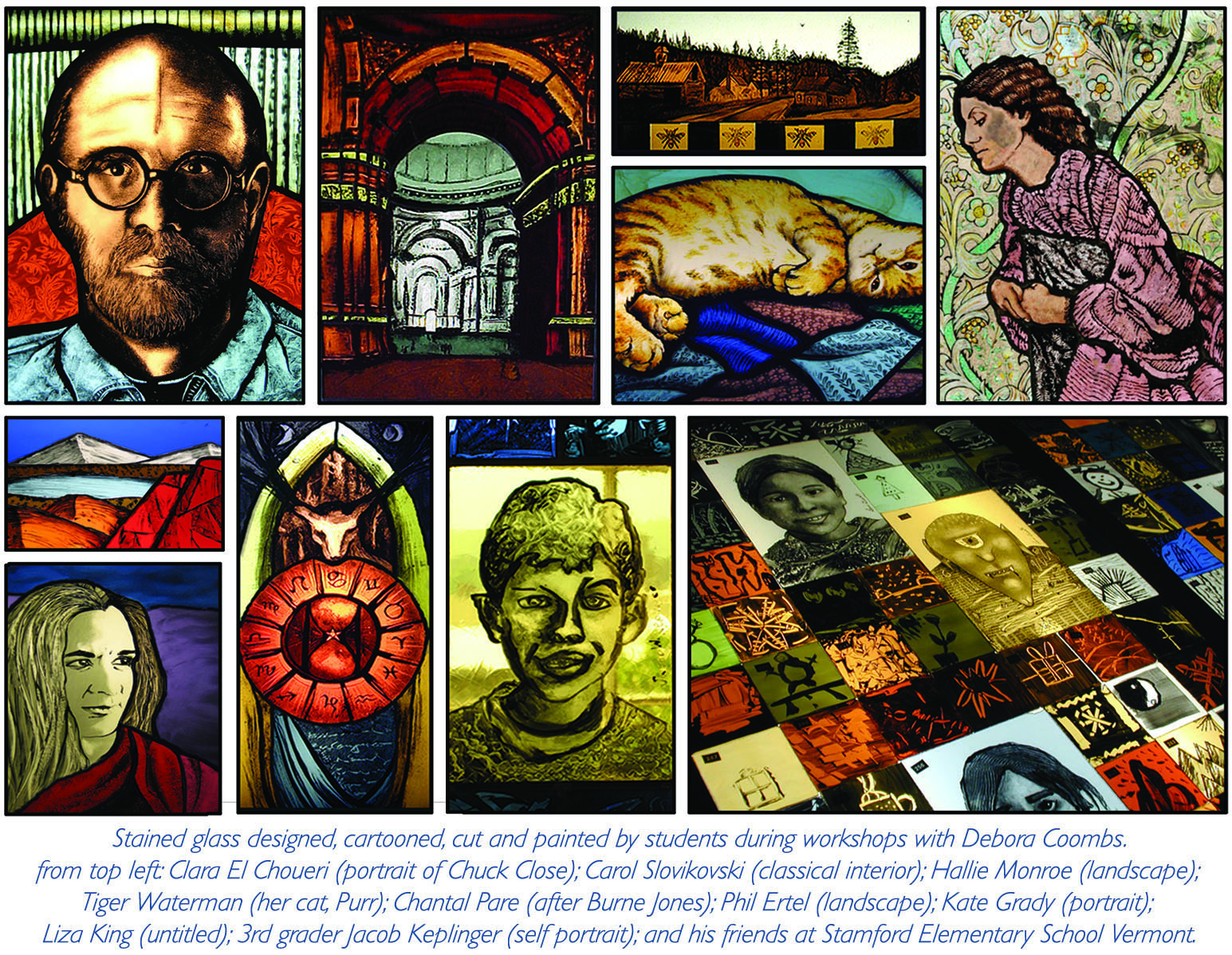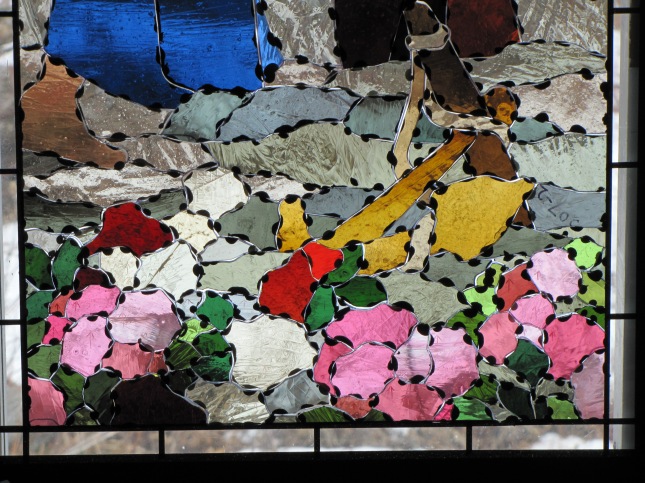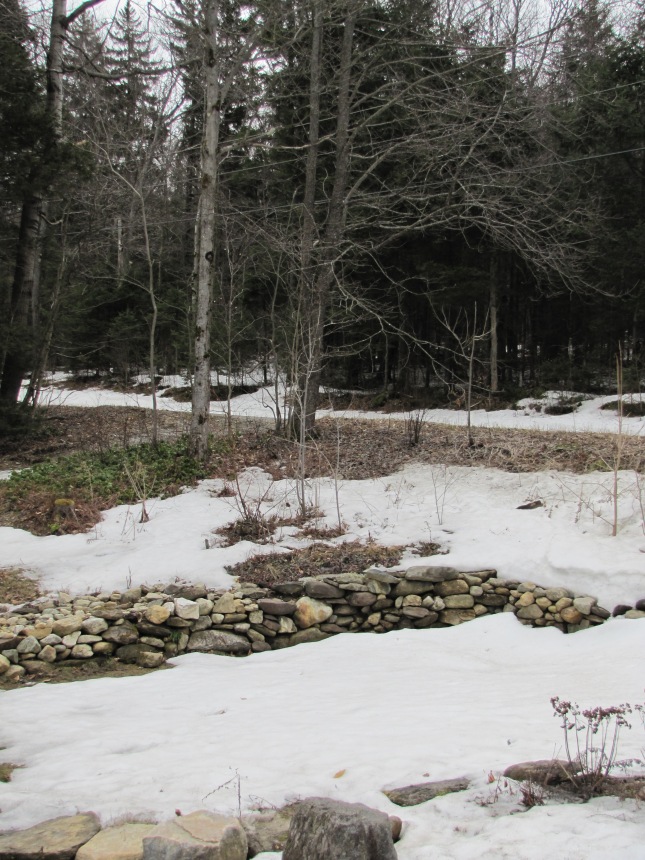If you’re interested in taking a workshop with me there’s still plenty of time to apply for a scholarship from the American Glass Guild. Their deadline is August 30th 2021. You will need to select a workshop (with me or another stained glass instructor) as part of your application. Those who have already signed up for one of my September 2021 workshops are eligible to apply. International applicants are also welcome. Here’s my schedule of Fall 2021 stained glass workshops for beginners, stained glass professionals and artists in any media who might wish to attend. And here’s the direct link to an online application for the American Glass Guild’s James C. Whitney scholarships for 2021.
It was once feared that stained glass would become ‘a lost art’ but the tide has turned in recent years. Thank goodness! Younger artists are taking an interest, many with the support of two US organizations that work tirelessly to keep stained glass alive and thriving.
The Stained Glass Association of America (SGAA) is a vital community of stained glass artists, artisans and aficionados of stained glass. The American Glass Guild (AGG) is a nationwide group of equally dedicated independent artists and professionals. Both organizations encourage and promote the creation of new work and the conservation of stained glass. Both have also, for 13 years now, generously supported my workshops with tuition scholarships. Please support them if you can.
Donate to the American Guild Guild
Donate to the Stained Glass Association of America
If you have questions please send me a message via my website. I spend long days in my studio and often forget all about my social media.
You may also explore my blog for hundreds of photos and articles about stained glass; watch short video clips of me glasspainting and discussing stained glass design; enjoy a 13 minute video of my entire process and learn more about me by listening to this 56 minute interview with Shawn Waggonner from her podcast Talking Our Your Glass.













 This year, I am offering week-long design and glasspainting workshops in June; 3-hour Saturday Afternoon Intensives; and a 10 week series of evening classes beginning March 10th. All at my studio in Vermont. Here’s the
This year, I am offering week-long design and glasspainting workshops in June; 3-hour Saturday Afternoon Intensives; and a 10 week series of evening classes beginning March 10th. All at my studio in Vermont. Here’s the 

